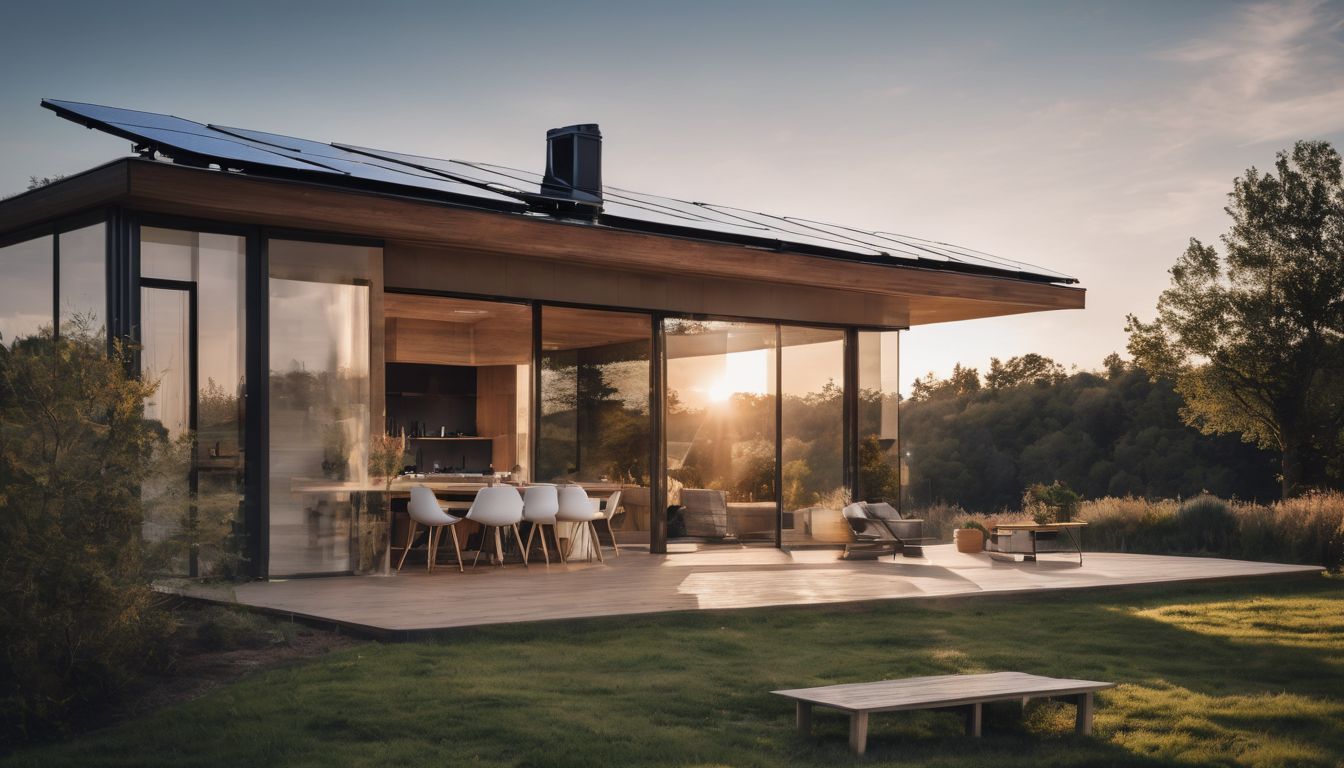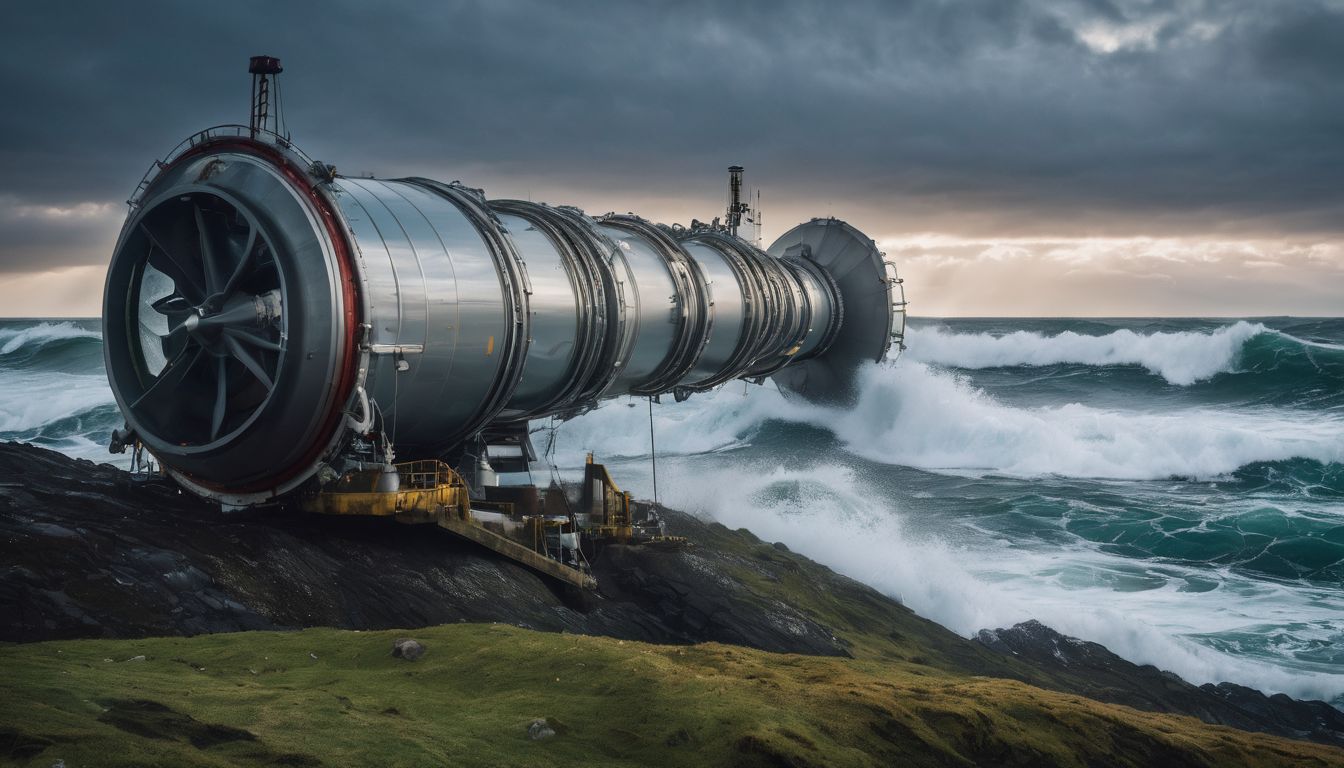25 Energy Saving Tips Under $25! With energy prices on the rise, heating your home and running your appliances are costing more than ever. As this list of the top 25 energy saving tips under $25 demonstrates, there are many ways to cut down on your energy costs and reduce your carbon footprint at the same time!
BENEFITS FOR THE ENVIRONMENT: Decreasing your energy usage will reduce the demand for fossil fuels. Less burning of fossil fuels means lower climate change .
BENEFITS FOR YOUR WALLET: Using less energy means lower bills ☺
Cost: All of the tips recommended here are low (below $25) or no cost to you at all!
Time and Effort: Low-Medium. Many of these tips can be implemented in a matter of seconds. Others may take several hours.
1) Check Your Home Appliance Settings
One of the easiest ways to save energy is to check the settings on your most energy-intensive appliances such as your fridge, water heater, washer and dryer, and thermostat.
Space heating and cooling: You can save around 10% a year on your heating and cooling bills by turning your thermostat down 10°–15° for eight hours in the winter (and 10°–15° up in the summer). For more tips on keeping cool and saving energy, read here .
Cleaning under your refrigerator is another lesser-known way to say energy. Refrigerators account for around 15% of a home’s total energy use. The refrigerant coils, located at the base of the unit, are designed to remove heat from the unit. When caked with gunk, they’re forced to run longer and more often. Clean your refrigerator coils at least every 12 months to increase your refrigerator’s efficiency by up to 25%.

3) Water Blanket and Pipe Insulation
Water heating can account for roughly 19% of your home’s energy bill, especially if you have an older water heater without internal insulation. If you touch the outside of your water heater and it feels hot, you could save money by wrapping it in an insulation blanket. It’s also a good idea to insulate the cold water inlet pipes and hot water outlet pipes.
4) Fill ‘Er Up
We all know that we can save water and energy by only running the washing machine and dishwasher when they are full. But did you know that you can also save energy by keeping your fridge full? Having lots of food in your fridge keeps it from warming up too fast when the door is open. You can keep milk jugs filled with water in your fridge so that it doesn’t have to work as hard to stay cool.
5) Tune Up Your Car and Follow Speed Limits
Did you know that aggressive driving, including sudden acceleration and braking, can lower your gas mileage by 33% at highway speeds and by 5% in city traffic? You can also reduce fuel costs associated with driving by using cruise control, removing excess weight from your car, following speed limits (gas mileage usually decreases rapidly at speeds above 60 mph), and of course, walking and biking more! Hypermiling may even be a fun new challenge or you to tackle in 2012 ☺
6) Water Saving
Before 1992 most showers had flow rates around 5-½ gallons per minute (gpm) or more. For just $10-$20, a new low-flow shower head with 2-½ gpm flow-rates can cut water and energy use by 25% or more.

7) Weatherize
According to the utility consumers’ action network, you can save over 10% on your energy bill by reducing the air leaks in your home. The easiest (and most fun) way to check for leaks is to hold a lit incense stick next to windows, doors, electrical boxes, plumbing fixtures, electrical outlets, ceiling fixtures, attic hatches and other places where there might be a possible air path to the outside. If the smoke rises horizontally, you have located a leak that may need caulking, sealing, or weather-stripping.
8) Old glazing
In addition to caulking gaps, you should also check the condition of the glazing around your windows. Glazing is the putty-like substance around the panes in your windows. When it gets old it shrinks and cracks, allowing drafts to enter your home. Re-glazing can help seal up those air paths.
9) Let there be Light
trees are a natural weather-neutralizing solution! Studies show that shaded air-conditioning units use about 10% less energy than units operating in full sun. The United States Department of Energy estimates that if trees are properly placed, they can save an average household anywhere from $100 to $250 a year in heating and cooling costs.

12) Kill-a-Watt
Many appliances continue to draw a small amount of power even when they are switched off. These “vampire” loads occur in most appliances that use electricity, such as chargers, TVs, DVRs, DVD players, stereos, printers, and kitchen appliances. Investing in acloth bags when you shop , buying in bulk, and purchasing reusable items. You can also reduce paper waste by sending a request to remove your name from all 3rd class mailing lists at:
Mail Preference Service
Direct Marketing Association
PO Box 9008
Farmingdale, NY 11735
Here’s a video to check out for
guidance on DIY ductwork.18) Seal Your Ducts
In the average home, leaking ductwork may be responsible for up to 25% of total heating costs. Check your ducts for obvious gaps and seal them properly (i.e. not just with household duct tape).
19) Use Appliances During Off-Peak Hours
During business hours and in the early evening hours many people use energy for lights, appliances such as washer and dryers, heating and cooling. This means that utility companies often have to run older, dirtier power plants during these times to make sure there is enough energy for everyone. This is also when energy costs the most. You can save money and the environment by using your appliances when other people aren’t running theirs.
20) Kitchen Alternatives
Consider cooking outdoors in the summer to avoid heating up your house or apartment. Cooking with smaller, more energy efficient appliances can reduce your energy use throughout the year. Consider using a toaster oven, crock-pot, electric grill, and pressure cooker as alternatives to the traditional oven and stovetop. Here are some resources for bigger outdoor cooking projects:
21) Feng Shui
Make sure that your furniture and draperies are not blocking any radiators or air vents. You can also rearrange your furniture in the winter so that couches and sitting chairs are against interior walls rather than leaky exterior walls. This will keep you warmer and reduce your heating costs.
22) Let the Sun Shine
In the winter months, use the sun to heat your home! Open the shades on south-facing windows in the morning and close them at night. During summer months you can reduce cooling costs by closing drapes and shades.
23) Close your chute
When you are not using your fireplace, be sure to keep the flue damper closed tight. Think about it this way: an open chimney is like leaving a 48 inch window wide open!
24) Air Dry
Over its expected 18 year lifetime, the average clothes dryer will cost you around $1,530 to operate. Want to save all that money? Invest in a clothesline and some clothespins and let yourclothes PACE Programs .




